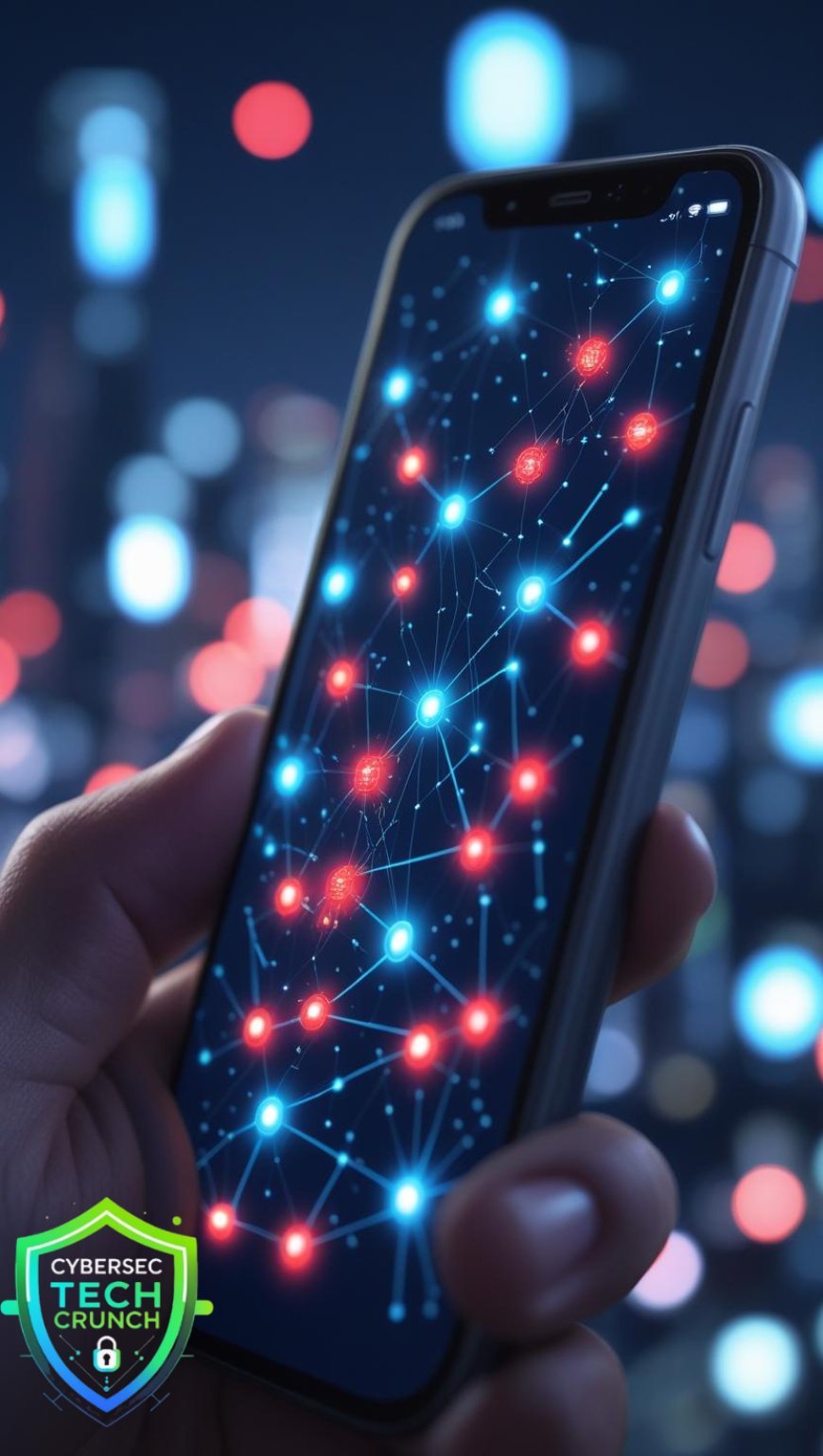IoT Vulnerabilities: The Hidden Risks in a Connected World

IoT Vulnerabilities: The Hidden Risks in a Connected World
In today’s digital age, everything from your thermostat to your refrigerator, your car to your smartwatch, is connected. This expanding universe of Internet of Things (IoT) devices is making life more convenient, efficient, and innovative. But behind the curtain of this smart revolution lies a growing concern-security vulnerabilities that few see coming until it’s too late.
The magic of IoT lies in its ability to collect, transmit, and process data in real time. Homes adjust their lighting automatically, factories optimize their production lines, and hospitals monitor patient vitals remotely. But each device that connects to a network opens a new door, a potential entry point for cyber attackers. With billions of IoT devices deployed globally-and more added every second-this creates an immense and often poorly secured attack surface.
Unlike traditional computers or smartphones, many IoT devices are built with limited processing power and minimal security. Their primary focus is function, not defense. Manufacturers, in the race to innovate and meet consumer demand, often prioritize speed over security. As a result, basic protections like regular software updates, encryption, and strong authentication are either absent or difficult to implement.
What makes the situation even more dangerous is how quietly these vulnerabilities can be exploited. A hacker doesn’t need to breach a corporate server to cause havoc anymore. They might instead gain access through a smart printer, a connected camera, or even a coffee machine. Once inside, they can pivot across the network, silently collecting data or launching more severe attacks. In some cases, compromised IoT devices have even been hijacked to form massive botnets-networks of infected gadgets used to launch large-scale cyber assaults.
The diversity and decentralization of IoT devices make them hard to monitor and secure. In a typical office building or factory, there could be hundreds of devices from different vendors, each with its own software, update cycle, and vulnerabilities. And many of them run quietly in the background, forgotten until something goes wrong. Outdated firmware, default passwords, and a lack of network segmentation make these devices attractive targets.
But the risk isn’t just technical-it’s deeply personal. IoT devices gather sensitive information about our habits, locations, and even our health. A breach doesn’t just mean stolen data; it can mean a deeply intrusive look into private lives and operations.
Solving this challenge won’t be easy. It requires a shift in mindset-from treating IoT as a novelty to recognizing it as critical infrastructure. That means demanding better security standards from manufacturers, pushing for transparency about vulnerabilities, and ensuring organizations take device management seriously. It also means educating users, because a smart home or workplace is only as secure as the people managing it.
The promise of IoT is extraordinary. But with every connected device comes a responsibility to secure it. If we fail to do so, the convenience we’ve grown to love may come at the cost of our safety and privacy.



























